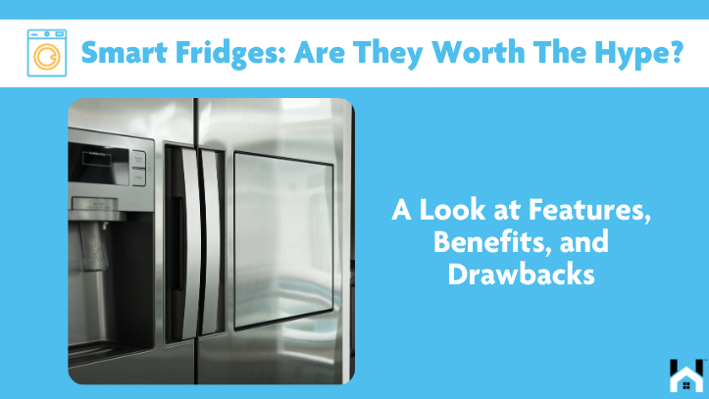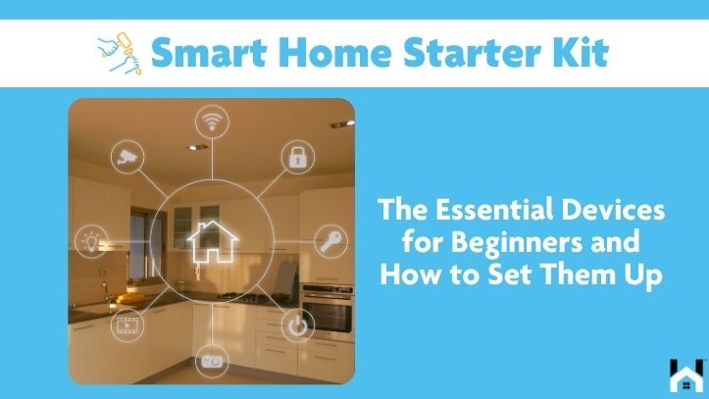Have you ever pondered the concept of a smart home and its potential advantages for you?
Picture a living space that not only offers convenience and efficiency but also aids in cost savings.
This article delves into the realm of smart home enhancements, encompassing features like smart lighting, thermostats, and security systems.
Furthermore, it delves into crucial factors to contemplate before committing to upgrades and furnishes a comprehensive guide on integrating these sophisticated electrical systems into your home.
Keep reading to uncover the innovations within home technology!
What is a Smart Home?
A Smart Home is a type of residence in which various devices and systems are connected through a central hub, enabling automated control and monitoring. These homes leverage advanced technologies such as the Internet of Things (IoT) to improve convenience and efficiency.
Through the incorporation of smart devices like thermostats, lights, security cameras, and appliances, individuals can remotely manage and tailor their living spaces to enhance comfort and security. Sophisticated electrical systems, which include smart meters and energy-efficient solutions, play a vital role in decreasing power consumption and promoting sustainability within smart homes. The seamless integration of these devices creates a harmonious fusion of innovation and practicality, ushering in a new era of contemporary living.
Benefits of Integrating Advanced Electrical Systems
Incorporating advanced electrical systems in a smart home provides a multitude of advantages. These include improved energy efficiency, effortless control through voice commands, remote monitoring capabilities, enhanced security systems, and a centralized automation hub.
Convenience and Efficiency
One of the key advantages of incorporating smart home upgrades is the convenience and efficiency they offer. By leveraging energy management solutions, integrating with digital assistants, enabling wireless connectivity, implementing smart lighting, and controlling HVAC systems, homeowners can simplify their daily routines and optimize energy usage.
These cutting-edge technologies make it easy for individuals to regulate thermostat settings, remotely turn off lights, and monitor energy consumption through their smartphones. Smart lighting capabilities enable residents to create personalized lighting setups to match different moods and enhance the ambiance in their living areas. Furthermore, the incorporation of digital assistants such as Alexa or Google Home facilitates seamless voice command operation of various household appliances, providing a hands-free and user-friendly living experience.
Cost Savings
Smart home upgrades offer more than just convenience; they can also result in significant cost savings by incorporating energy-efficient solutions, automated systems, modern home integration, smart grid technology, and improved home connectivity. These advancements can lead to lower utility bills and provide long-term financial benefits for homeowners.
The energy efficiency of smart home technology can lead to substantial financial gains over time. Through the optimization of energy usage with smart thermostats, lighting controls, and appliance monitoring, homeowners can experience a noticeable reduction in their monthly electricity expenses.
The integration of smart grid technology enables a more efficient management of energy consumption, taking advantage of off-peak hours and renewable energy sources. This not only cuts costs but also promotes a more sustainable and environmentally friendly lifestyle.
By investing in smart home upgrades, homeowners can enhance the overall comfort and convenience of their living spaces while also embracing a more environmentally conscious way of living.
Types of Smart Home Upgrades
Smart home upgrades include a range of technologies and devices like smart sensors, integration technology, automated systems, home technology innovations, and a variety of connected devices. The goal of these upgrades is to improve the functionality and connectivity of contemporary homes.
Smart Lighting
Smart lighting serves as a crucial element in smart home upgrades, providing a range of advantages like energy monitoring for efficient usage and improved home security through customizable lighting solutions. It gives the power to homeowners to remotely manage lighting and establish personalized atmospheres.
By incorporating smart lighting systems, individuals can easily track their energy consumption habits, resulting in cost reductions and a minimized environmental footprint. The capability to set lighting schedules not only boosts security by simulating occupancy in one's absence but also enhances convenience by adapting settings to accommodate different activities or moods. In contemporary households, smart lighting plays a pivotal role by streamlining energy conservation endeavors while delivering advanced security features for peace of mind.
Smart Thermostats
Smart thermostats play a crucial role in smart home upgrades, as they facilitate efficient energy management and temperature control. These devices come equipped with remote control capabilities, adaptive settings, and energy-saving features, all of which contribute to improved comfort and reduced utility expenses.
By allowing users to modify temperature settings remotely via their smartphones or smart devices, smart thermostats offer convenience and flexibility. Additionally, they have the ability to learn users' habits and preferences, automatically adjusting the temperature to optimize energy usage while ensuring a comfortable indoor environment. This proactive approach not only enhances home comfort but also results in substantial energy savings over time. Through the creation of personalized schedules and the monitoring of energy consumption patterns, smart thermostats play a pivotal role in fostering energy efficiency and sustainability within households.
Smart Security Systems
Incorporating smart security systems into smart home upgrades is a critical component that provides automated functions and comprehensive home security solutions. These systems encompass surveillance cameras, motion sensors, smart locks, and real-time monitoring capabilities to bolster safety measures and offer peace of mind.
The inclusion of smart security devices in a household not only enhances security measures but also introduces convenience and efficiency into everyday routines. Through advanced features such as remote access and mobile alerts, homeowners can maintain connectivity and oversee their property regardless of their location. Surveillance cameras permit real-time monitoring of the premises, while motion sensors identify any irregular activities and promptly send notifications. Smart locks furnish keyless entry options and automated locking mechanisms, which improve both convenience and security levels. Collectively, these integrated solutions establish a seamless and proactive approach to safeguarding one's home.
Considerations Before Upgrading
It is crucial to take into account various factors before proceeding with smart home upgrades. Factors to consider include:
- Compatibility with existing systems
- The installation process
- Opportunities for home innovation
- The potential to promote sustainable living practices
By carefully considering these aspects, one can ensure a smooth integration of advanced technologies into the home environment.
Compatibility and Installation
Evaluating compatibility with existing home technology, ensuring a smooth integration for connected living experiences, and understanding control systems are essential steps in the installation process of smart home upgrades. By addressing these factors, homeowners can enhance the functionality and usability of their automated systems.
This focus on compatibility testing enables various devices to work together seamlessly, creating a unified network that improves the overall home automation experience. Seamless integration not only simplifies the operation of smart devices but also adds convenience for residents.
Comprehending control systems is crucial for effectively managing the interconnected devices and ensuring they respond accurately to commands. This facilitates a smoother transition to a technologically advanced home environment and enhances the efficiency and effectiveness of smart home systems.
How to Incorporate Smart Home Upgrades
Integrating smart home upgrades entails establishing a connected living environment that emphasizes seamless home connectivity and utilizes advanced technology solutions. Through the adoption of these upgrades, homeowners can convert their living spaces into innovative and efficient hubs of modern technology.
Step-by-Step Guide
A comprehensive guide to integrating smart home enhancements involves incorporating robust home security solutions, setting up automated control systems, and integrating electrical automation to enhance convenience and efficiency. By following these step-by-step procedures, homeowners can establish a fully functional and secure smart home environment.
To begin, homeowners should evaluate their home's security requirements and explore the latest advancements in smart security technologies.
Following this, they should identify areas where automated control systems, such as lighting, temperature control, and entertainment systems, would offer the most significant benefits.
When implementing electrical automation, it is crucial to ensure compatibility with existing devices and invest in reliable smart home hubs to facilitate seamless integration. To establish a cohesive system, homeowners should select interconnecting devices that complement each other and enable centralized control through an app or voice command interface.



